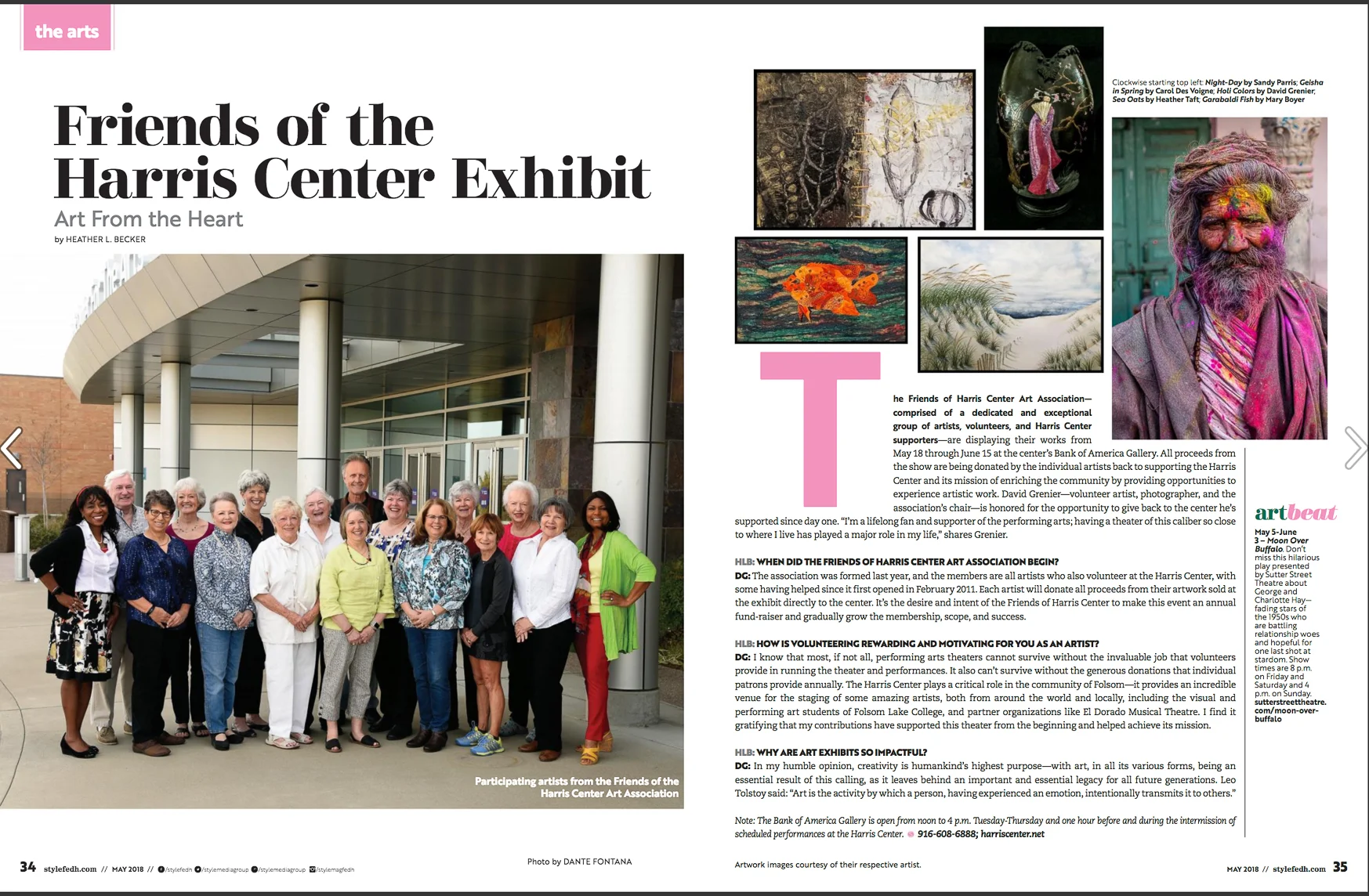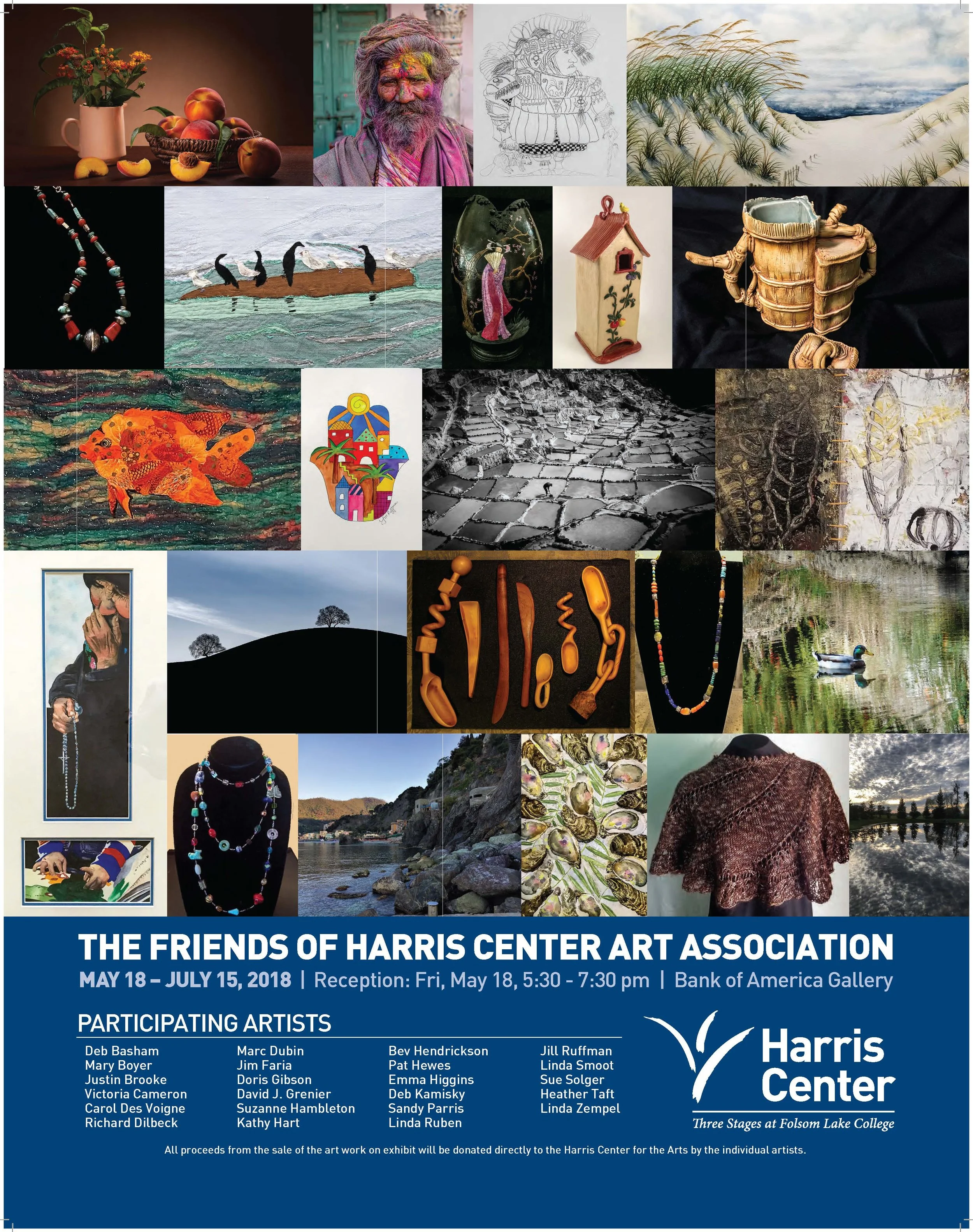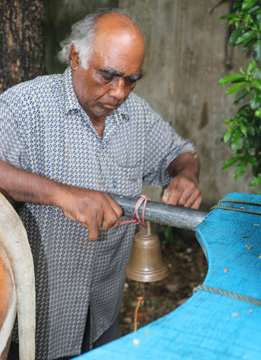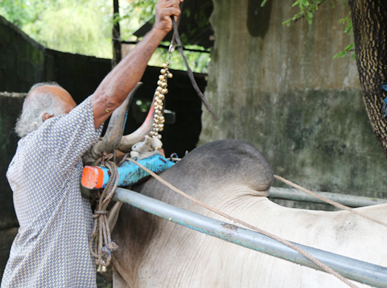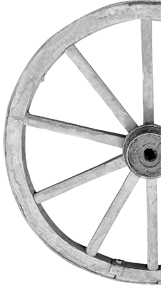I have been using a DSLR (digital single-lens reflex) camera for almost nine years now and the largest print I have ever made for a client, or anyone for that matter, was 30” wide x 20” high. So, when I returned from a photoshoot in Yosemite National Park in late November, 2018, while checking my emails I noticed one with the subject titled ‘Would like to purchase one of your prints!’ I was curious to read further in the contents of the email the print being requested needed to be 5 feet wide x 7 feet high! That is huge I thought!
The requester asked ‘can your photos be enlarged to that size on canvas?’ My initial thoughts were ‘I am quite certain that one of my images can be printed that large but I have no idea where or how a local printer could create a canvas print that big’. After doing a lot of research online I did learn that a canvas print that large can actually be done, and finally with the help of the requester, was able to find a printer locally that had the equipment necessary to print a canvas 62” wide.
After looking through my online galleries the client chose one of my images from my just completed Yosemite photoshoot (shown below). While it was a beautiful image of one of my favorite locations in Yosemite, a sunrise shot with fall colors, I did notice that there was a potential problem with the sharpness of the image. Whilst the foreground of the image was tack sharp, the fall colored leaves of the trees midground were soft – a careless mistake I had made with the focus point during the shoot. Given that the print was 5’x7’, I also knew that this would be magnified many times over in the final print and was reluctant to do so.
However, given the location that the print was to hang in the client’s home, some twelve feet above their entry door with the closest viewing of the print some ten feet away, and with the urging of my clients I felt it was worth considering. I learned a great deal from my initial visit to the printer on what type of digital file that he required for a good quality print, the image format and color space that would be best. I formatted the print file to the final 60”x 84” sizing, image format and color space necessary in Photoshop and took the file on a thumb drive to the printer.
The printer loaded my file into his computer, zoomed in and looked at the image and said to me ‘Do you realize that the trees are not sharp?’ I said that I did, had reservations about printing the file because of that, and his observations was all I needed to confirm that I did not want to print this particular image.
I went back to my client and explained to him my reluctance again and asked that he please choose a different image. I then put together a few selections of images to choose from that I thought would be good alternatives and were tack sharp this time! The image chosen (see below) was one I had shot in late October, 2014 from the same location in Yosemite, a beautiful image of a similar composition with great colors and tack sharp from top to bottom.
I developed this image to the specifications required by the printer and took it in for a second time. He loaded this image into his computer, looked it over carefully and gave me the thumbs up. Let’s print! These are the test prints that he did to begin with – a full-size cross section and a ‘mini me’ print of the whole image.
The two test prints.
The Epson printer with the 62” wide roll of canvas begins to print. I had never seen anything this big before!
The canvas print emerges out of the printer.
Here are a couple of the images of the final print, which looked simply stunning, sharp top to bottom and the colors exactly like I had on the original file. Such a great printing job!
The print being laid out to dry for 24 hours before I took it to the framer.
Hey look, I did this!
An interesting factoid I learned from the printer – the quality and manufacturer of the canvas used to print on is critically important. This printer used a canvas made by Fredrix Artist Canvas, the first company in the USA to manufacture canvas for artists in this country, beginning in 1868.
Some information from their website http://fredrixartistcanvas.com/
‘ABOUT FREDRIX CANVAS
Fredrix® is the premier manufacturer of fine quality canvas products in the world. With more than 150 years of experience, we manufacture a complete range of canvases for printing and painting. Fredrix® archival print canvas features the same superior quality that is found with our renowned Fredrix® artist canvas. It is imperative to know how to make a superior artist canvas in order to make a superior printable canvas.
Uncoated textiles are sourced from fine mills in the United States and woven to Fredrix stringent specifications. This includes an acid-free buffered sizing to protect the canvas fibers from direct contact with the final priming. Each canvas is then primed in the USA with a Fredrix acrylic titanium formula and receives a specially formulated coating for ink receptivity. This standard of high-quality offers prints and fine art reproductions that are stunning, color accurate, wide in color gamut and guaranteed in their consistency from roll to roll’.
The canvas used by the printer for this print was Encore Gloss Canvas and the texture and finish is simply stunning! The next step in this process was to get the print framed for hanging. A black float frame was selected and it set off the print just perfect. Here are some photos of the framing process:
The print arrives at the framers.
The stretch frame and float frame gets built.
The canvas being attached to the frame.
My first glimpse of the finished product.
The all-important artist’s signature!
And finally, the print hanging in its rightful place!
I had a lot of fun making this print from beginning to the end. Tremendously happy to see it hanging in place under beautiful lighting. A massive THANK YOU to my client for giving me the opportunity and choosing one of my images!
I would like to make two recommendations to my photographer friends and end this blog by highlighting the printer, and the framers, who both did an exceptional job to make this all possible:
1. The Printer – Mr. Josh King, Sacramento Giclee, https://sacramentogiclee.com/
2. The Framer – Mr. Scott Hanley, The Hanley Gallery, https://hanleygallery.com/gallery/



























